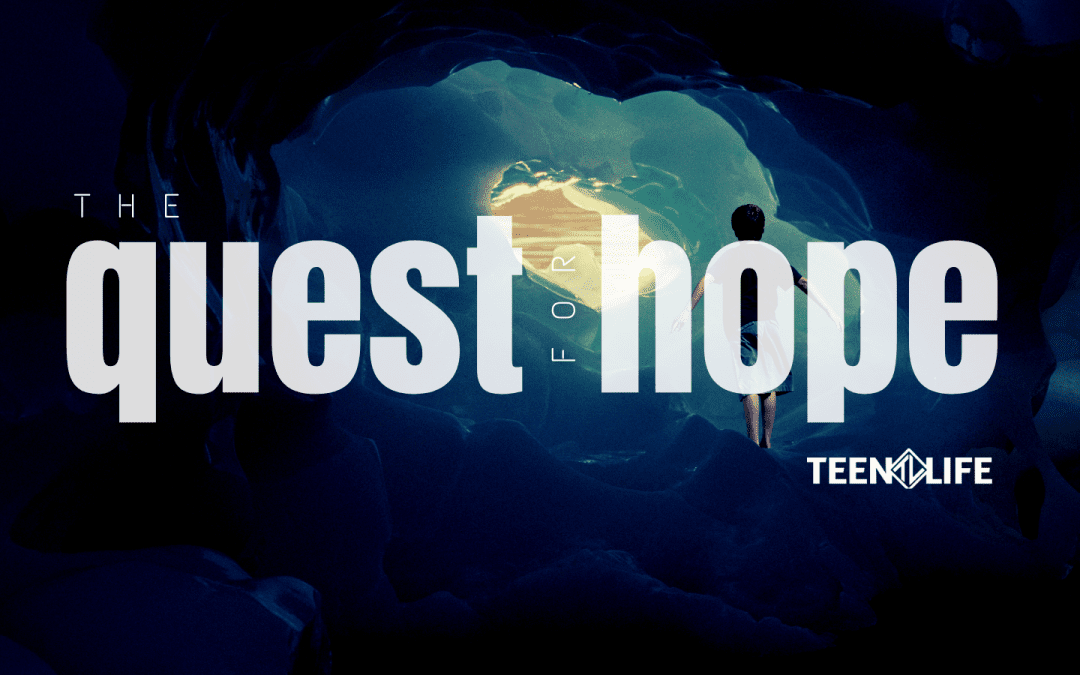This week is HOPE Week at my kids’ school put on by their HOPE Squads. For my elementary aged students, it’s a week of dressing up and having some extra fun in the classroom while talking about how to be kind and caring to others. For my middle schooler, the idea is similar but slightly more advanced. At her school, they are talking about having hope and looking for others who might need some hope or who are displaying signs of depression and/or suicidal ideation. Talking about hope and planning for dress up days with my children has really made me think about the quest for hope.
Hope is defined by Dictionary.com as “the feeling that what is wanted can be had or that events will turn out for the best: to look forward to with desire and reasonable confidence: to believe, desire, or trust: or to place trust; rely.”
As the pandemic continues, the research has indicated that students are struggling – they are lacking hope that life will return to normal post pandemic. While it’s too early to definitively link increased anxiety, depression, and suicide rates directly to the pandemic, the early numbers continue to show that the rates for these and other mental health crises is on the rise among our students. (See related articles here, here, and here.)
So how do we, as adults working with students or with our own children, look for and point to hope as we continue to navigate life in a unique season? A few ideas.
- Start by admitting hope is hard to find some days. It’s normal to feel sad or mad and helping the students in our lives normalize these feelings is so important. They are not on an island alone.
- Talk to students about self-care. Ask what are students doing to take care of themselves on hard days? It can be reading, playing games, watching tv, listening to music, or writing. Talking in advance about positive ways to handle stress empowers you as an adult to encourage them to utilize these ideas as the need arises.
- Encourage connections. Where are the places your child can interact with peers and adults in a season with many limitations?
- Identify places you see hope and talk about them. Even our oldest students are watching and looking to us as the adults. If you are excited about something, share it. If you are able to see how a struggle turned out for the best, talk about it.
As always, if you need help – seek it out. Support groups, counseling, crisis lines. This applies not only to our students, but to us as adults. Your students and children are watching and will know if you are struggling too. They also learn how to ask for help by watching you and me.
Searching for hope can’t last only a week at school. It has to be a day in, and day out endeavor for all of us. As Andy tells Red in the classic movie Shawshank Redemption: “Hope is a good thing, may be the best of the things. And no good thing ever dies.” May you find hope this week in the midst of the chaos.

Beth Nichols
Director of Operations
With her background in social work and experience as a mom of 4, Beth’s perspective is invaluable. She has had the opportunity in both her personal and professional life to encounter youth from a variety of situations.
